1. It’s Deeper Than The Height of Everest
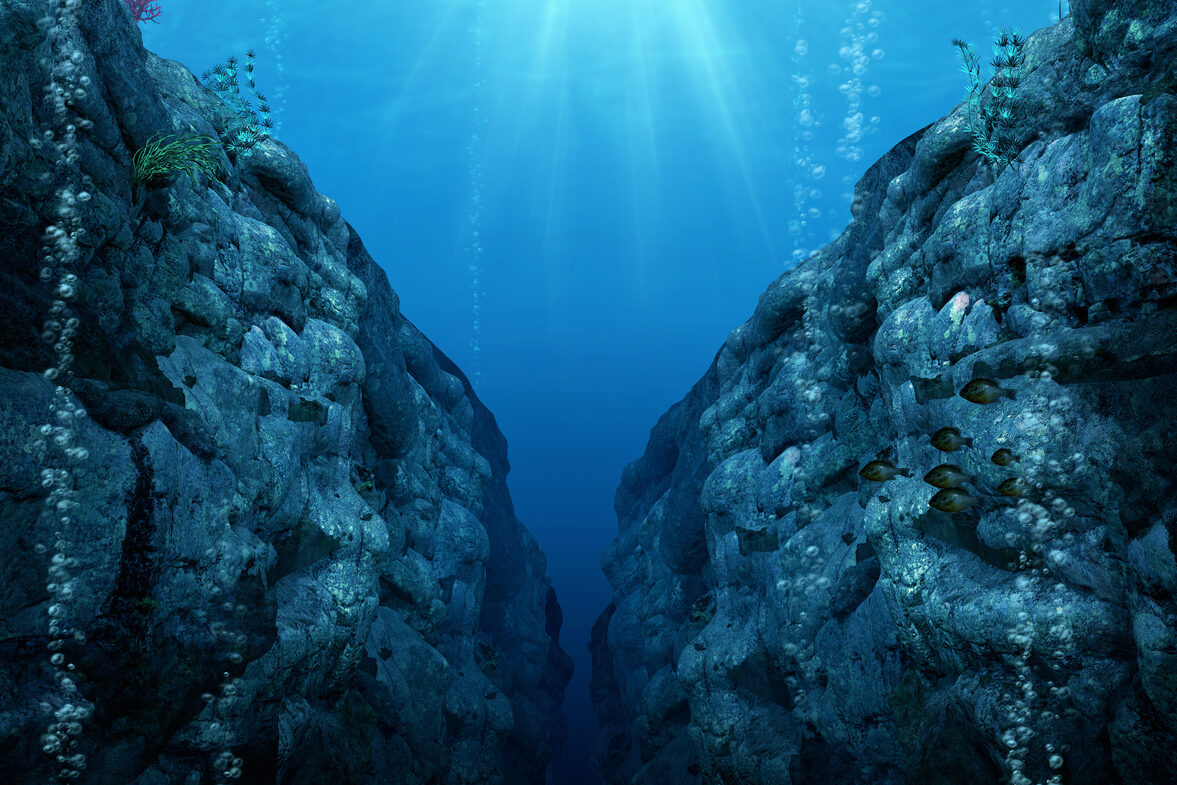
The ocean is full of mysteries, but none compare to the Mariana Trench. The Challenger Deep plunges nearly 36,000 feet below sea level, making it the deepest known point on Earth. If Mount Everest, which rises about 29,000 feet, were placed inside, its peak would still be more than a mile underwater. That means the trench stretches farther down than commercial airplanes usually fly above us. Imagine standing at the ocean’s edge and realizing beneath lies a vertical drop into an alien world where sunlight cannot touch and life thrives in unimaginable conditions.
2. The Pressure Could Crush a Submarine
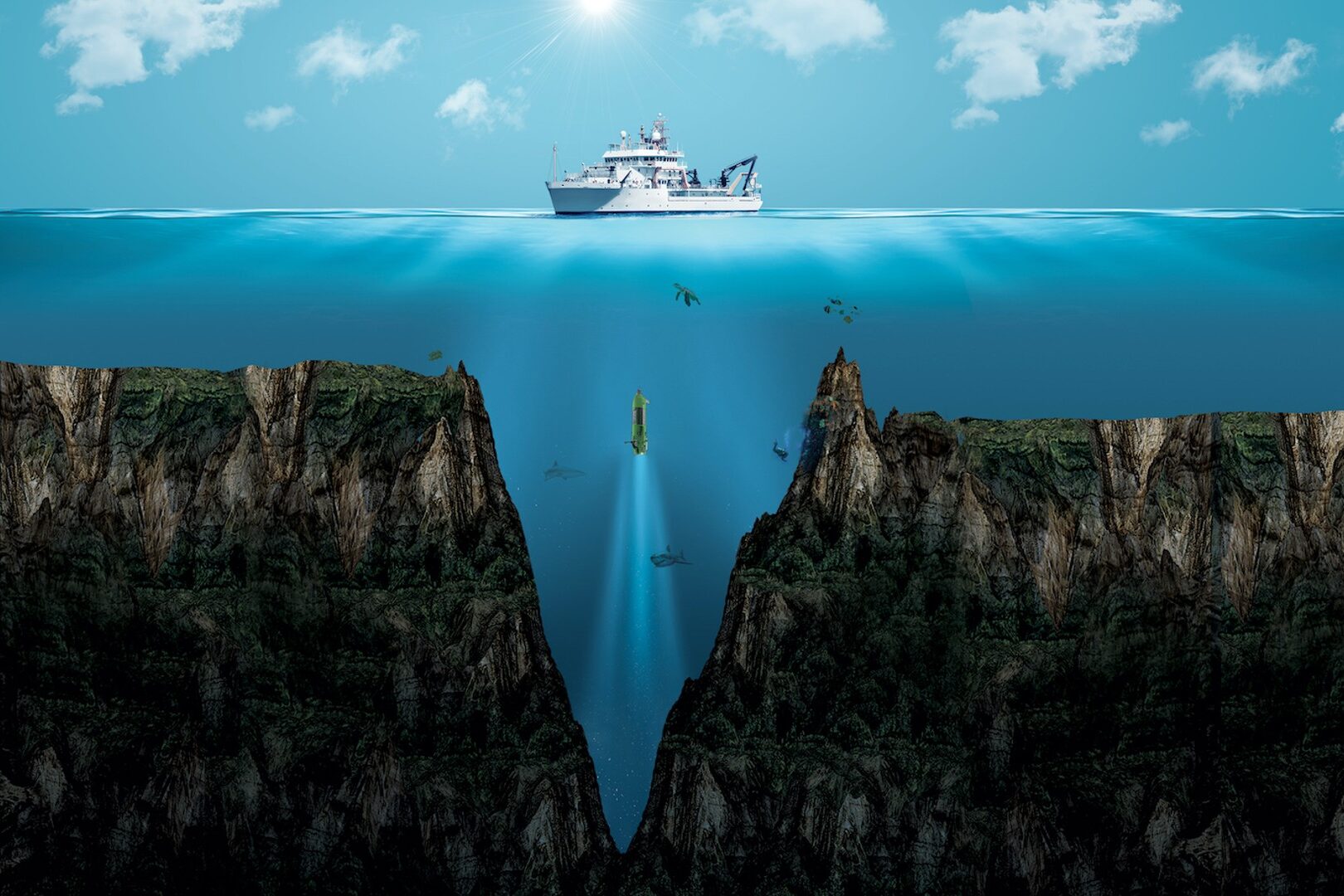
The deeper you go, the stranger it gets. At the trench’s lowest point, pressure builds more than 1,000 times greater than what we feel on land. That is powerful enough to crush most submarines instantly. Only specially designed vessels like Trieste in 1960 or James Cameron’s Deepsea Challenger in 2012 have survived the plunge. Pressure this intense changes how water behaves and even reshapes how proteins work in living creatures. To survive, trench animals have evolved unique ways to keep their cells from collapsing. It is a natural world designed under conditions humans can hardly comprehend.
3. It’s Locked in Eternal Darkness

Imagine stepping into a world where the sun never shines. In the Mariana Trench, that is daily reality. Sunlight fades just a few hundred feet below the surface, and here it is endless night. There is no dawn to greet or dusk to close the day. Animals have adjusted by using other senses like touch, smell, or even generating their own light to survive. The darkness is absolute, leaving only what nature has created to glow. For us, it feels like the closest place on Earth to drifting through the cold vastness of space itself.
4. Glowing Alien Like Creatures Live Here
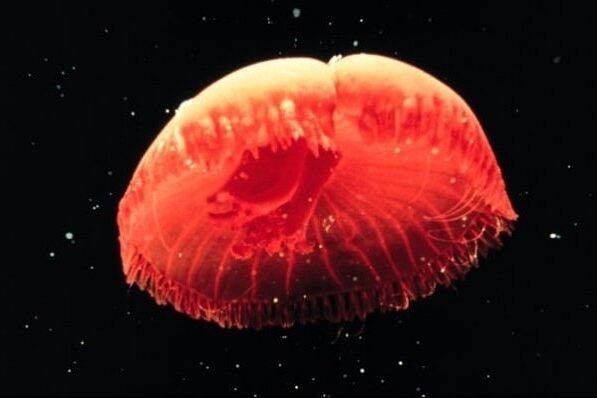
In this black void, many animals create their own light to survive. Known as bioluminescence, this glow helps them find food, warn predators, or signal mates. Jellyfish shimmer softly in blue, while certain fish carry glowing spots like headlights. Some squid flash vivid patterns across their bodies. The display is not simply beautiful; it is vital for survival in a world without sunlight. For explorers, watching these creatures is like drifting through a living galaxy where every spark of light has meaning and every flicker is a message in the deep sea darkness.
5. Some Animals Would Melt at the Surface
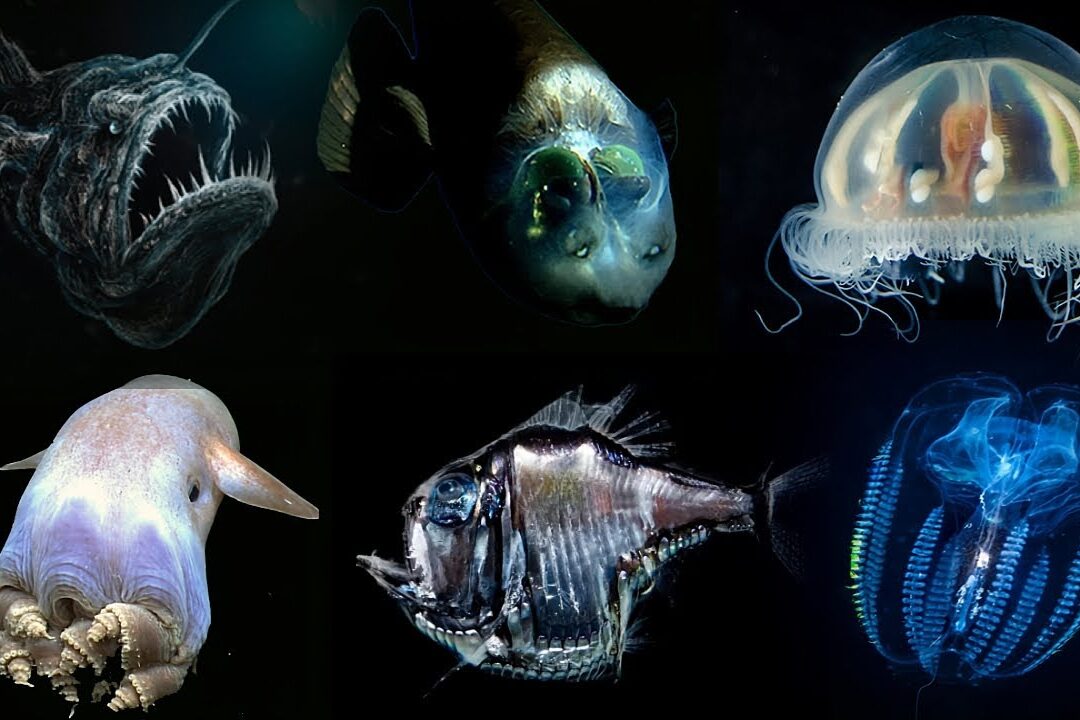
Life in the trench is built for pressure. Many creatures have soft, watery bodies that cannot survive outside their deep home. If lifted to the surface, they collapse or lose form almost instantly. Their cells rely on special proteins that act like shields, keeping them stable under weight humans cannot imagine. This makes it nearly impossible for scientists to bring live specimens to study. By the time they arrive, most have already broken apart. These fragile beings remind us just how specialized survival can become when shaped by one of Earth’s harshest environments.
6. Life Exists Beneath the Seafloor
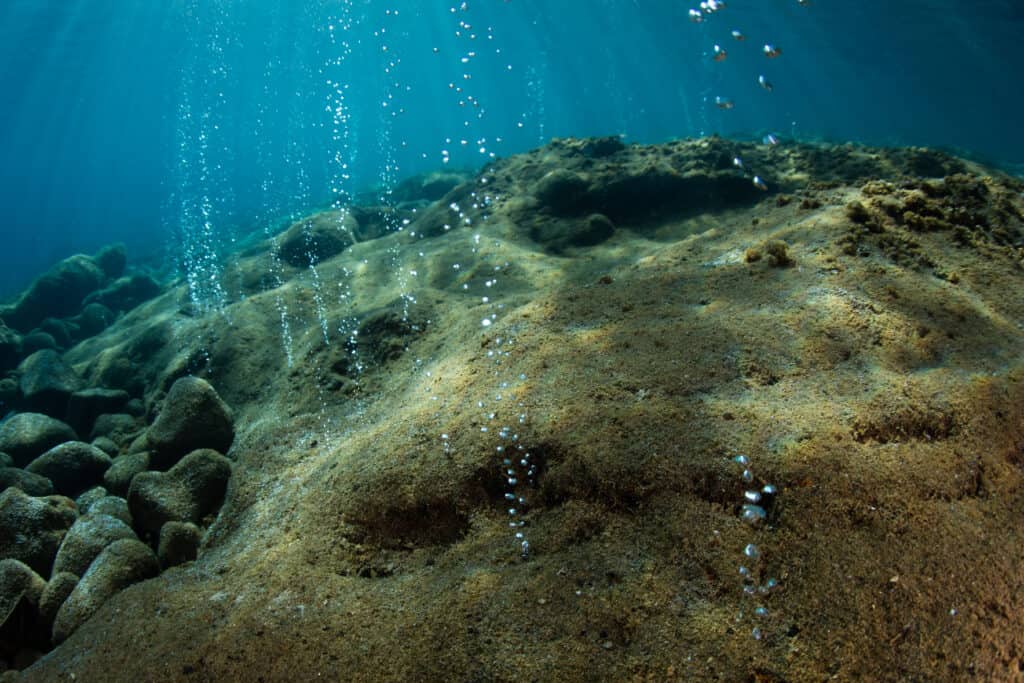
It is not only the trench waters that hold surprises. Scientists drilling six miles beneath its floor found microscopic life thriving in total darkness. These microbes do not need sunlight at all. Instead, they survive by feeding on chemical reactions inside Earth’s crust. Their very existence proves that life can form in places completely separated from the surface world. For researchers, this discovery is especially exciting because it suggests similar life might survive on other planets or moons where oceans lie hidden beneath ice, living off energy from the rocks below instead of sunlight above.
7. Most of It Is Still Unexplored
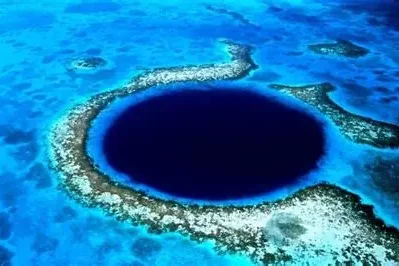
Despite years of effort, scientists have only explored a small fraction of the trench. Less than 5 percent has been mapped in detail, leaving the rest a dark mystery. Every dive uncovers something new, whether it is an unknown species or strange formations on the ocean floor. Yet most of the trench remains unseen, like blank space on a map. Oceanographers often say we know more about the surface of Mars than about our own deepest waters. That thought alone makes each journey below both thrilling and humbling in equal measure.
8. Once Thought to Be Lifeless
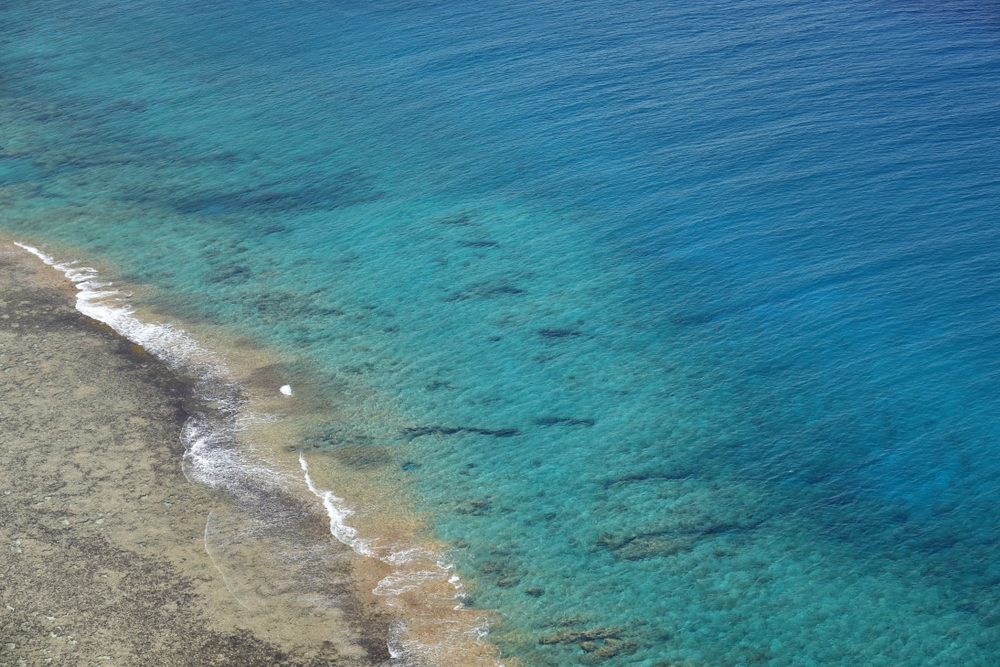
For a long time, people believed nothing could survive in the trench. It seemed too cold, too dark, and too crushed by pressure to allow life of any kind. But when explorers sent down cameras, those old beliefs crumbled. They found creatures thriving in abundance, from glowing jellyfish to peculiar fish with strange bodies. The realization changed how scientists viewed Earth itself. It proved that life can push through barriers once considered impossible. The Mariana Trench shows us that survival finds a way even in places we thought were completely beyond its reach.
9. The Deep Isn’t Silent
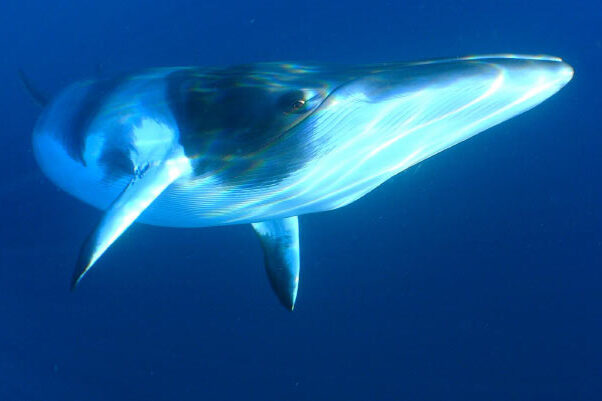
If you picture the trench as silent, think again. Underwater microphones have recorded strange and haunting sounds echoing across its depths. Whale calls carry for miles, mixing with mysterious metallic twangs and deep booming noises. Some sounds are explained, but others remain a puzzle. In 2016, one eerie noise was recorded that scientists could not identify, lasting only seconds but traveling far. Whether from shifting rocks or unknown creatures, the sounds remind us that silence is never truly absolute and even in darkness the deep is alive with hidden voices.
10. Plastic Has Reached the Bottom
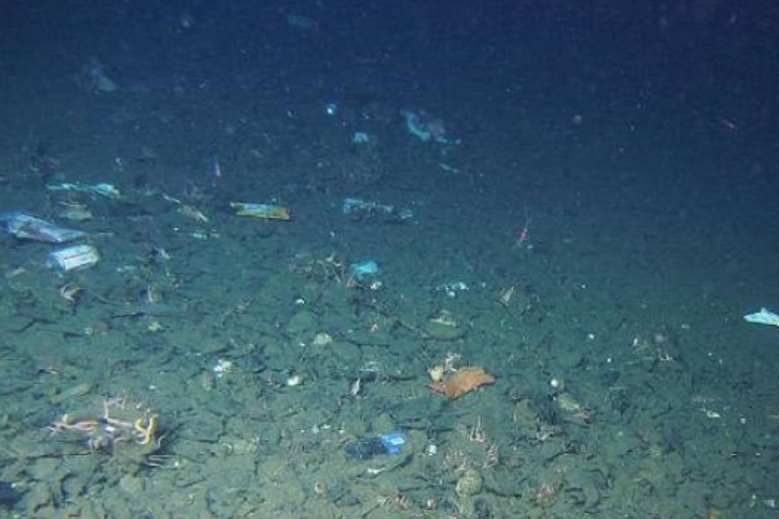
One of the most sobering discoveries came when scientists found plastic deep in the trench. Items like bags, wrappers, and even microplastics have been seen at the bottom and inside animals living there. It is a striking reminder that human impact reaches even the most remote corners of Earth. Plastic discarded on land can slowly drift for decades until it sinks to the deepest depths. Finding it here shows how far our waste travels and how permanent it becomes once it settles into fragile ecosystems that should have remained untouched.
11. We Don’t Know How Pollution Affects Them
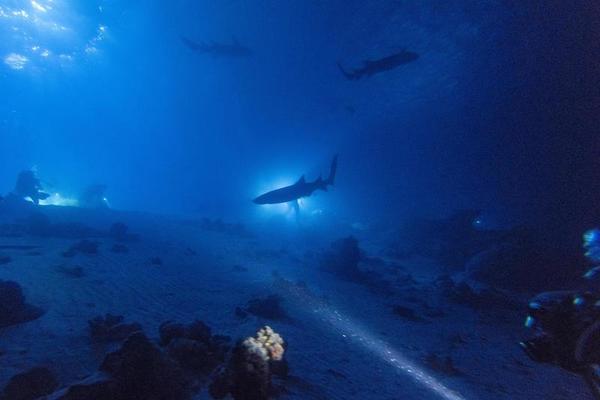
Although we know pollutants have made their way down here, their impact is still a mystery. Deep sea creatures live under such unusual conditions that their bodies may respond differently to toxins than surface animals do. Some could adapt easily, while others may be especially vulnerable. Since many trench species cannot be studied alive, it is difficult to understand the long term effects. What we do know is that pollution is not just a surface problem. It changes environments even in places where humans never intended to leave a trace.
12. It’s Older Than Most Continents
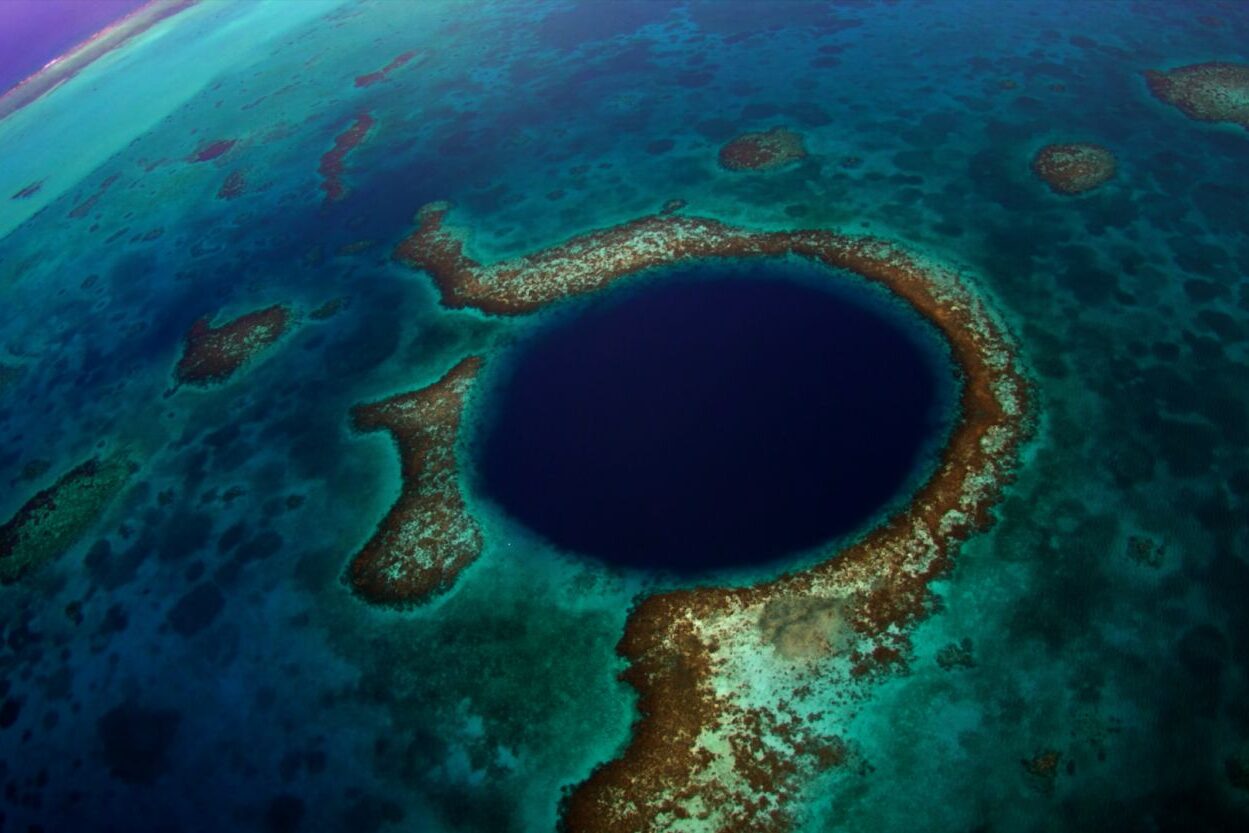
The Mariana Trench is unimaginably old. Scientists believe it formed more than 180 million years ago, long before many continents looked the way they do today. Its layers of rock and sediment preserve a history of Earth stretching back to prehistoric times. By studying them, scientists uncover records of ancient climates and perhaps even clues to how life began. In that sense, the trench is like a library of the planet’s deepest past. It quietly holds secrets of an Earth that existed before humans ever walked its surface.
13. It’s a Violent Tectonic Zone
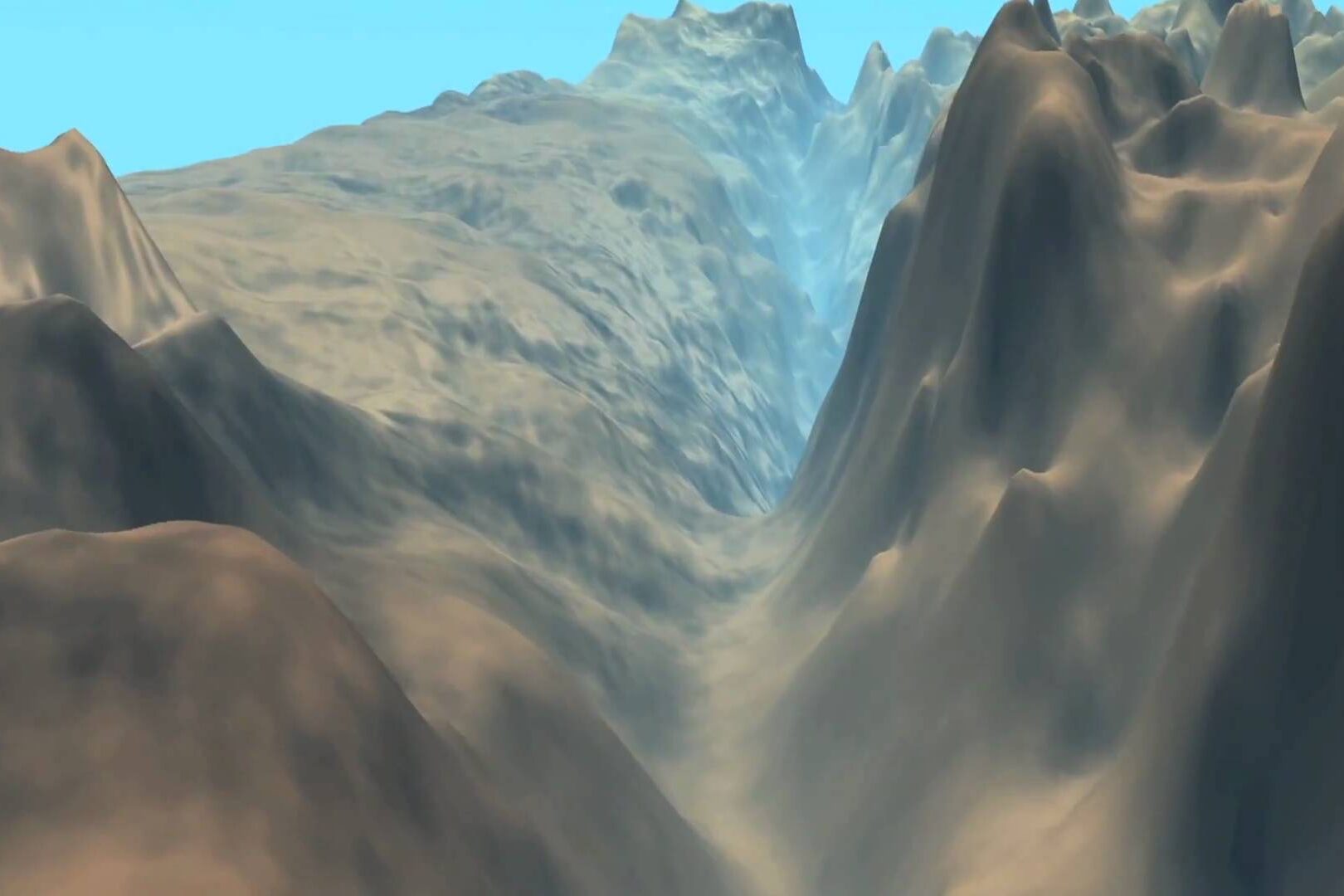
The trench is not simply deep. It is also active and dangerous. It lies at a subduction zone where the Pacific Plate slides beneath the Philippine Plate. This constant movement causes earthquakes, many powerful enough to trigger tsunamis. Because the area is so remote, countless tremors go unrecorded, shifting silently in the darkness. The trench is a place where the Earth continues reshaping itself. Its restless nature shows us that the planet is alive, always changing, even when the movements are hidden far beneath the waves.
14. Humans Have Reached the Bottom Barely
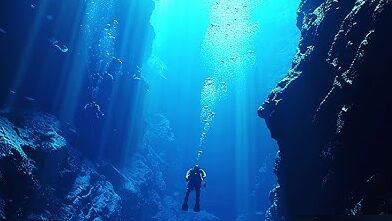
Very few humans have made it to the bottom of the trench. The Trieste was first in 1960, followed decades later by James Cameron in 2012. Explorer Victor Vescovo added more dives in recent years. Each descent required technology strong enough to withstand unimaginable conditions. The vessels are feats of engineering, designed to hold steady under crushing pressure. These rare visits remind us of our curiosity to explore, even when the challenge feels impossible. They also highlight how little of the trench has truly been touched by human presence.
15. No One Knows What’s Still Hiding Down There
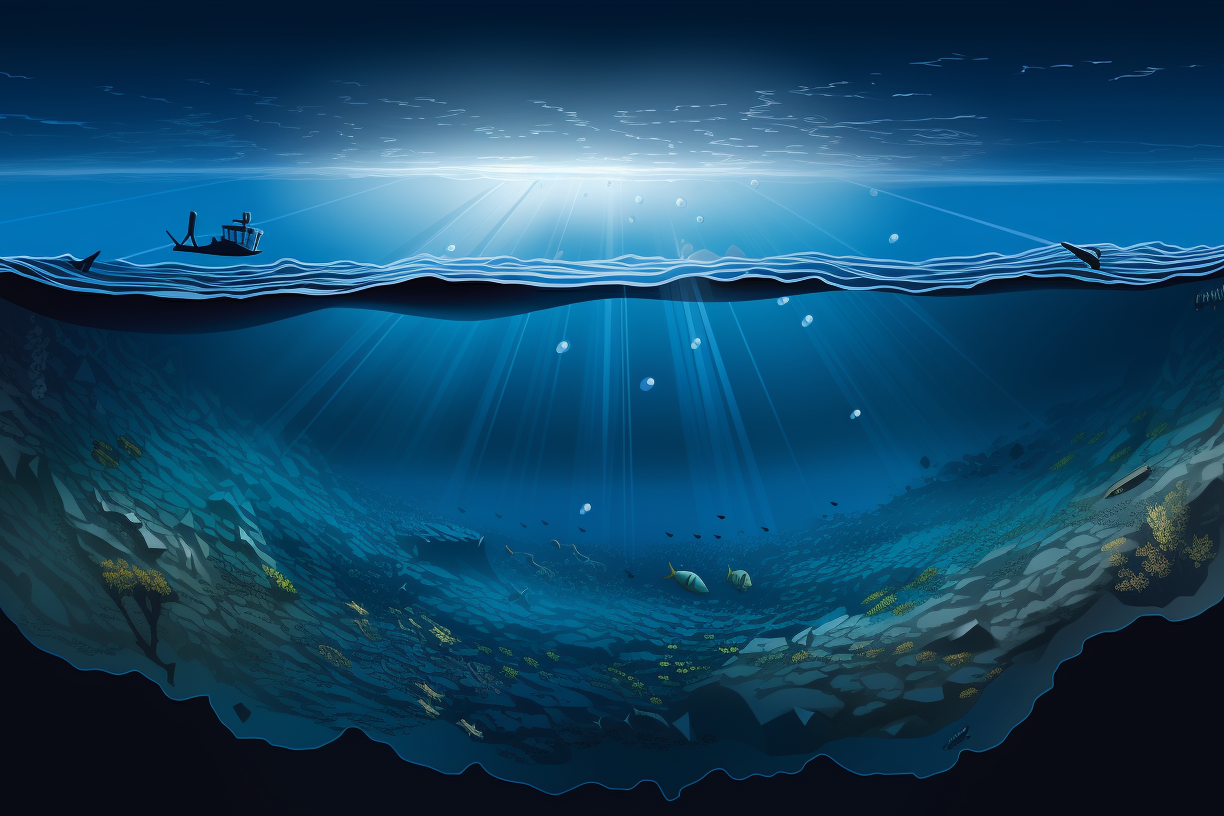
The trench is mostly unexplored, which means much is left unknown. Scientists believe thousands of undiscovered species may exist here, perfectly adapted to conditions we can hardly imagine. Hidden geological formations might also lie waiting, such as vents, mineral deposits, or even new ecosystems. Each dive so far has revealed surprises, making it clear that the trench holds secrets far beyond our current knowledge. Perhaps some mysteries will always remain out of reach. In that sense, it is both unsettling and comforting to know Earth still keeps parts of itself hidden.
16. The Ghost Fish Nobody Expected
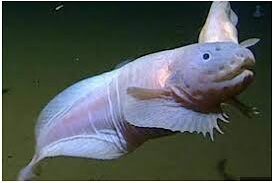
In 2014, scientists filmed a translucent snailfish living at depths greater than 26,000 feet. Its body was so delicate that it looked like it might dissolve with a touch, earning it the name ghost fish. It broke records for the deepest living vertebrate ever found. The discovery amazed researchers, proving that life could exist in forms more fragile than anyone thought possible. What made it even more surprising was how effortlessly it seemed to move. The ghost fish showed that even in extreme environments, beauty can exist in simple, silent ways.
17. Amphipods With Plastic in Their Guts
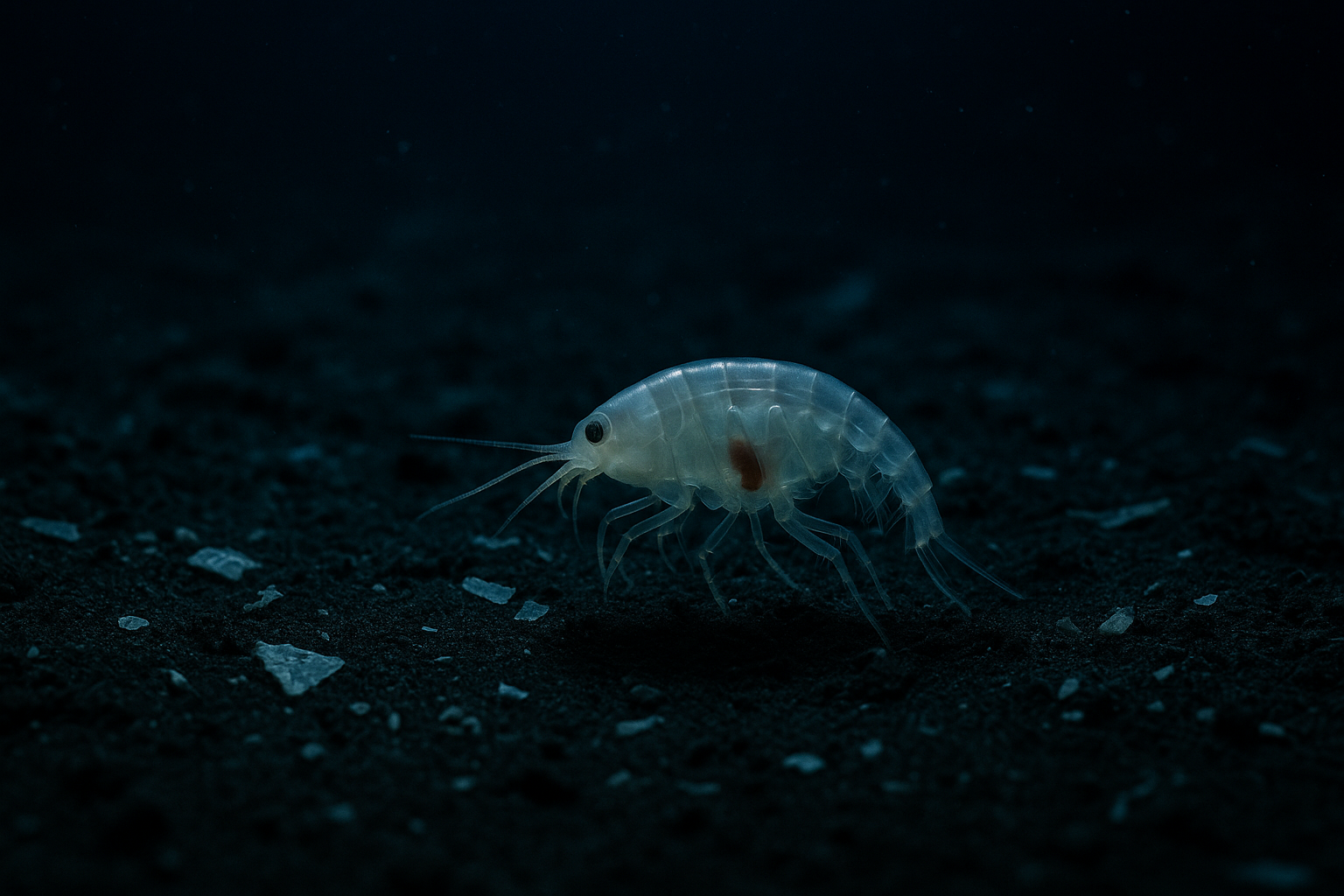
When scientists studied amphipods collected from the trench in 2019, they discovered something unsettling. Every single one had tiny pieces of plastic in its stomach. Amphipods are small, shrimp like creatures that form the base of the deep sea food chain. Larger animals rely on them for survival. With plastics already inside their bodies, the contamination spreads upward, reaching other species. This finding showed that pollution is not just drifting into the trench but becoming part of its ecosystem. It is a reminder of how human actions ripple into places we never see.
18. A New Type of Microbe That Eats Oil
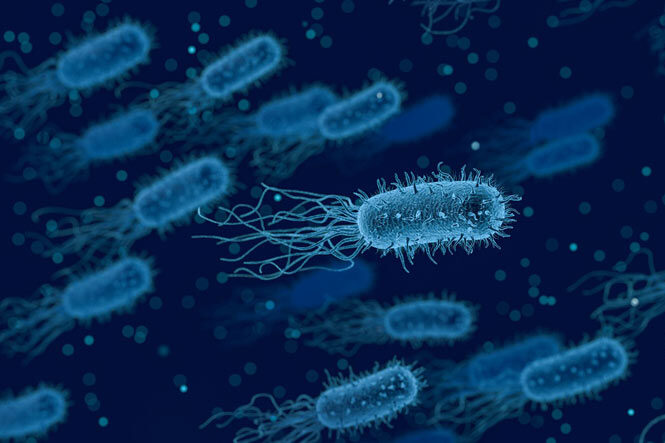
Not all discoveries in the trench are troubling. In samples collected from the sediment, scientists identified a type of microbe that breaks down oil like a food source. Essentially, these microbes eat hydrocarbons, the same chemicals that make up fuel and pollution. Their presence suggests that the trench may naturally absorb certain pollutants. More importantly, they could help researchers develop new ways to clean oil spills in oceans closer to home. These microbes show how life adapts uniquely, sometimes offering solutions to problems humans struggle to solve on their own.
19. Deep Sea Cucumber Armies
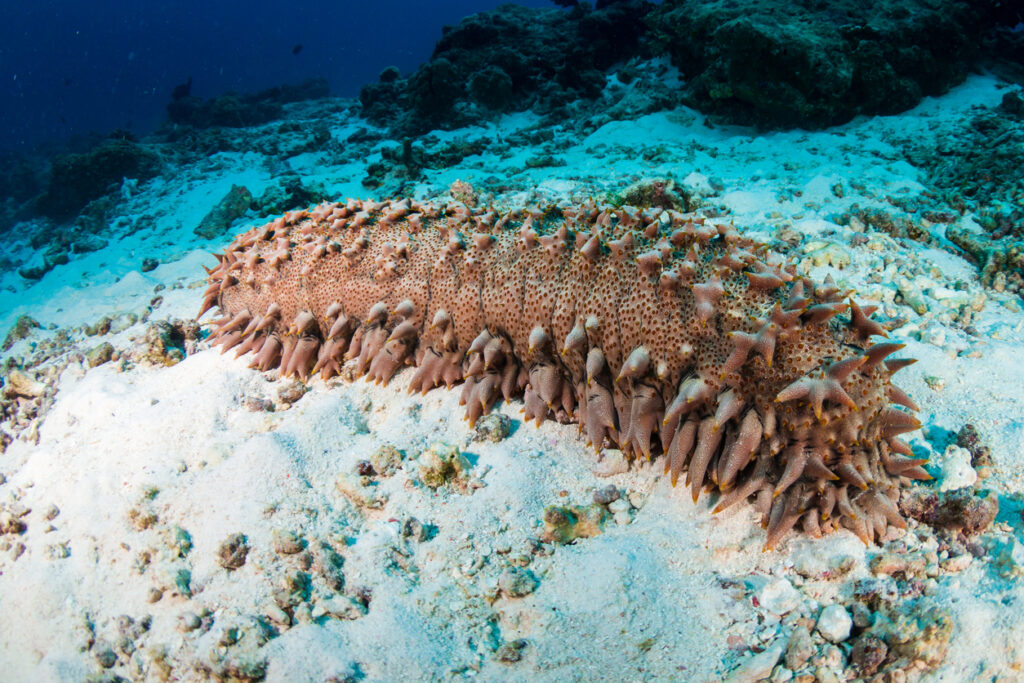
At first glance, the seafloor may look empty, but then you notice movements. Large groups of sea cucumbers crawl slowly across the sediment, vacuuming up organic matter. At depths of more than 20,000 feet, these animals gather in surprising numbers, almost like an army sweeping the ground. Some trench species are unique, evolved to handle the heavy pressure. Though not as striking as glowing creatures, their role is critical. By recycling nutrients, they keep life balanced in this extreme world. They are humble workers in a place of extraordinary conditions.
20. The World’s Deepest Living Jellyfish
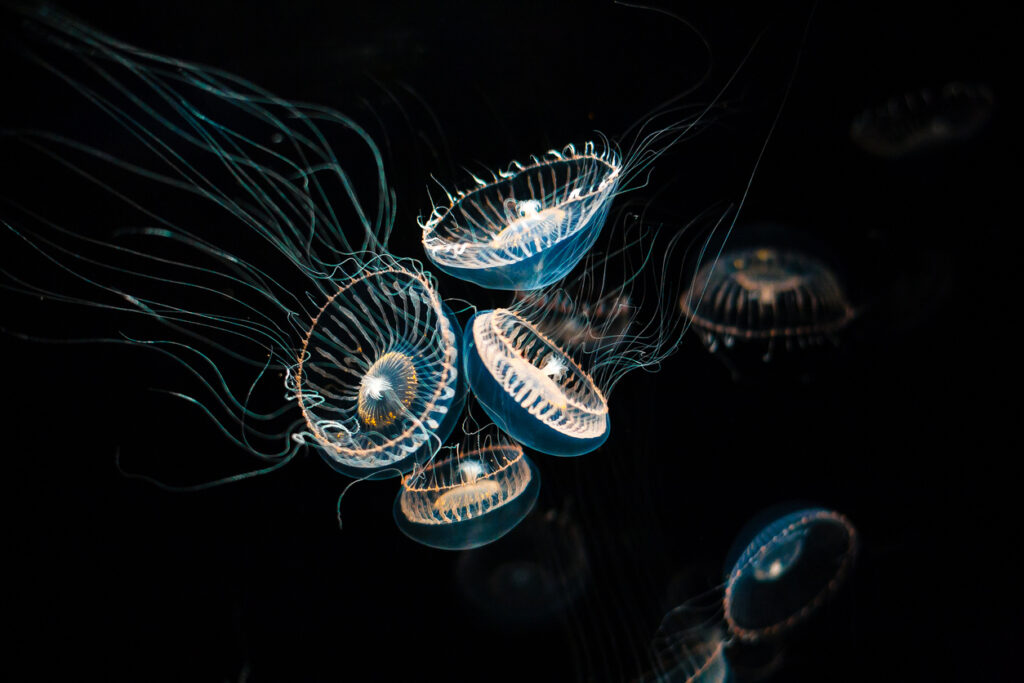
In 2016, researchers recorded a jellyfish floating more than 12,000 feet deep. Its glowing bell and trailing tentacles made it look like a spacecraft drifting in darkness. The image reminded everyone that the trench is still full of astonishing life waiting to be seen. Each discovery is both strange and beautiful, pulling us deeper into curiosity about the world below. The trench teaches us that not every mystery needs solving to be valuable. Sometimes, simply knowing wonder still exists is enough. If this sparked your imagination, explore more and keep the curiosity alive.
This story 20 Terrifying Truths & Astonishing Discoveries About the Mariana Trench was first published on Daily FETCH


